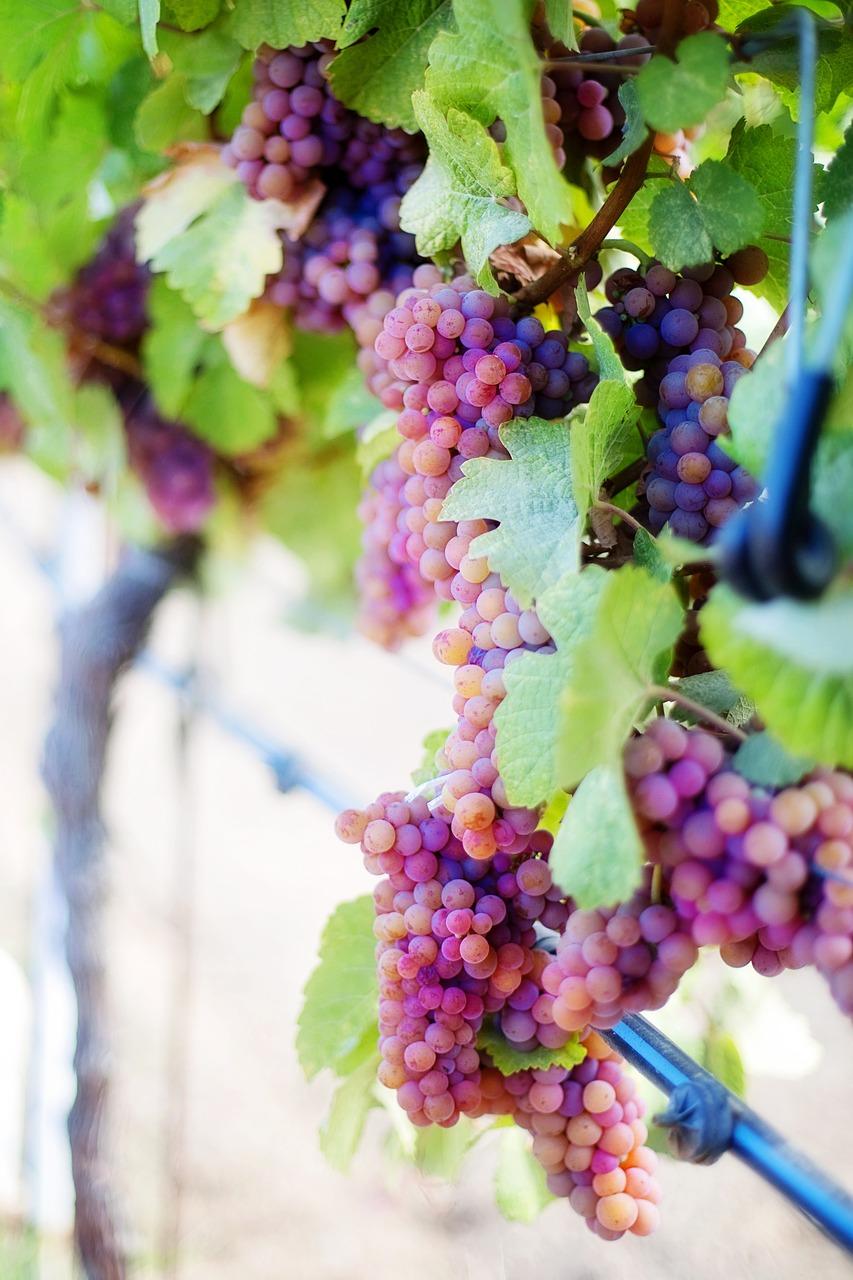
Organic and Biodynamic Winemaking
Welcome to a journey through the vineyards where tradition meets innovation and nature takes center stage. In the winemaking world, we’re witnessing a quiet revolution that’s as much about what’s not done as what is. It’s the rise of “Organic and Biodynamic Winemaking,” an ode to sustainable viticulture, a cosmic dance with the vines, and a commitment to crafting wines that whisper the secrets of the land.
One prominent example of organic winemaking is “Cave SA,” a winery renowned for its commitment to organic practices.
Let’s explore the differences.

What is Organic Winemaking?
In the rolling vineyards of organic winemaking, you’ll find a commitment to nature that goes beyond the ordinary. It begins with the soil. Gone are the synthetic pesticides and artificial fertilizers; in their place, you’ll discover a rich blend of organic composts and helpful insects. The vineyard is transformed into a self-sustaining ecosystem where the grapevines thrive harmoniously with the land.
This harmony extends to the wines themselves. Organic winemakers choose to minimize additives, sulfites included. What remains are wines that are truer to the grape’s character.
Biodynamic Winemaking:
Biodynamic winemaking takes organic principles and elevates them to a cosmic level. Beyond the absence of synthetic chemicals, it considers lunar cycles and astrological influences. It’s an approach that views the vineyard as not just a place where grapes grow but as a living, breathing entity. The winemaker becomes a conductor in nature’s grand orchestra.
Herbal and mineral preparations are used, adding layers of complexity to the wine. Biodiversity is celebrated, and intervention is kept to a minimum. The result? A wine that’s more than a beverage; it’s a revelation, a testament to the land’s artistry. It’s like sipping stardust, a celestial voyage in a glass.
Sustainability:
While organic and biodynamic winemaking has well-defined parameters, sustainability is a versatile philosophy. It encompasses ecologically sound practices, economic viability, and social responsibility. Sustainable wineries can tailor their approach to suit their unique landscapes. It’s about making choices that preserve the environment and support local communities.
The sustainability journey often involves elements of organic and biodynamic farming. Yet, it extends to energy and water conservation, renewable resource use, and many other eco-conscious initiatives. It’s about being responsible stewards of the land and the community.
Finding Eco-Friendly Wines:
So, how can you spot these eco-conscious wines when you’re perusing the wine aisle or visiting a winery? The labels tell the story. Wineries dedicated to organic, biodynamic, or sustainable practices proudly display symbols and logos that serve as eco-badges. It’s a badge of honor, a proclamation of their commitment to ethical winemaking.
In a world that’s increasingly aware of the environment, the art of winemaking is embracing a new ethos. Organic and biodynamic winemaking, alongside sustainability, are not fleeting trends. They’re a celebration of the Earth’s beauty and a pledge to cherish it. These wines aren’t just beverages; they’re conversations with nature, invitations to explore the land and bridges that connect our palates to the planet.
So, the next time you uncork a bottle of organic, biodynamic, or sustainably produced wine, remember that you’re not just raising a glass; you’re toasting to a shared love for the Earth in the most delicious way possible.


You must be logged in to post a comment Login